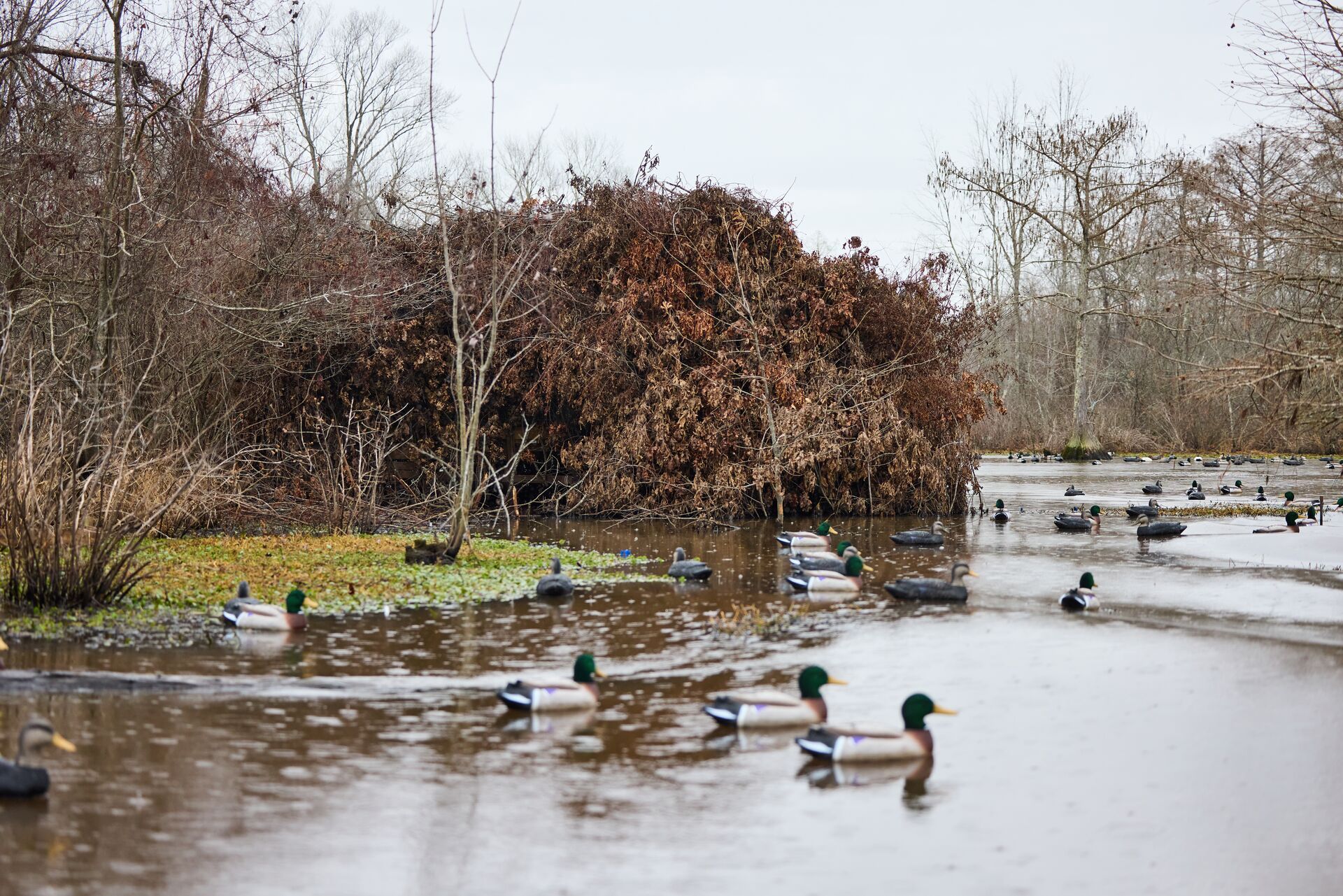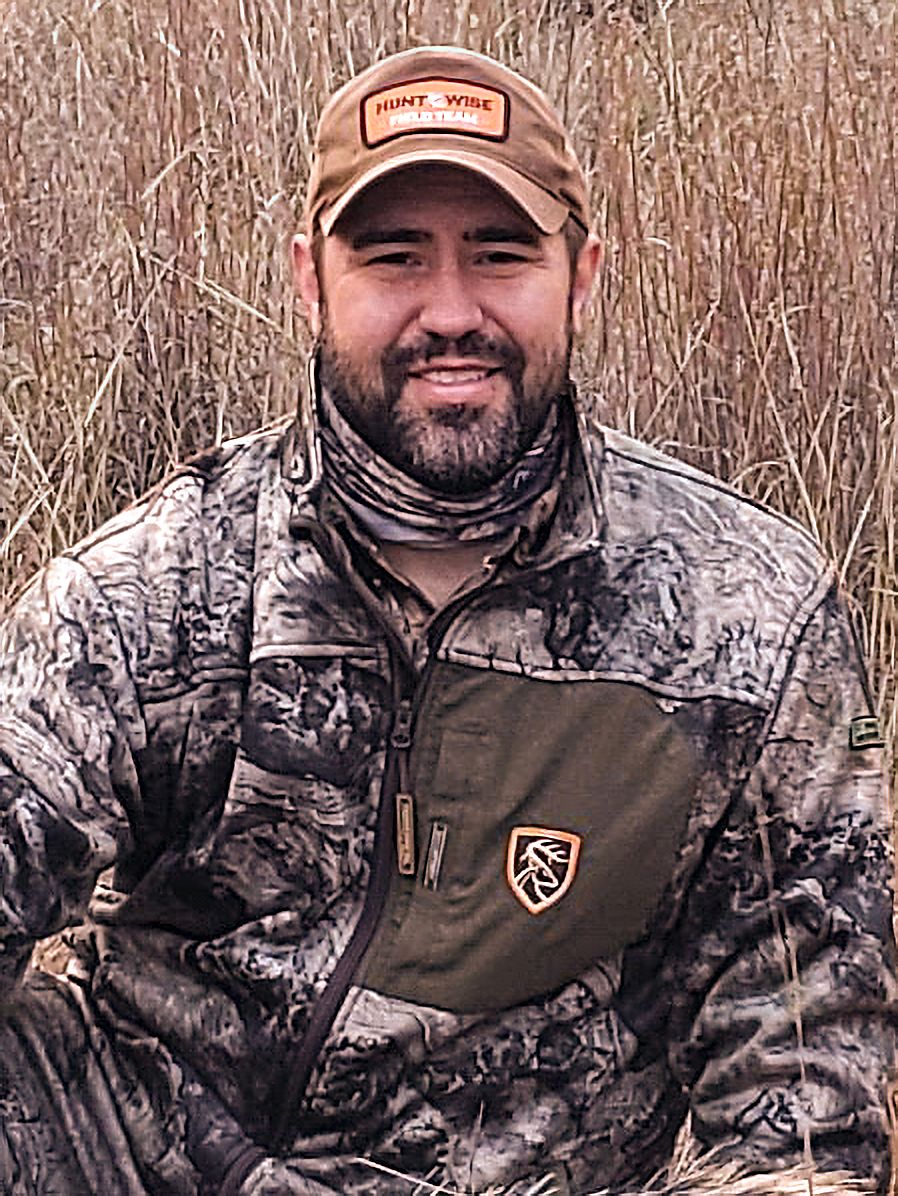However, knowing when and how to use the right decoy based on the game you're after requires the right insights and experience — but we're here to give you a shortcut to that knowledge so you can apply these techniques to the upcoming hunting seasons.
So, whether you hunt turkey, deer, coyotes, or waterfowl, keep reading to learn "what is decoy hunting" and how to use the right ones at the right times.
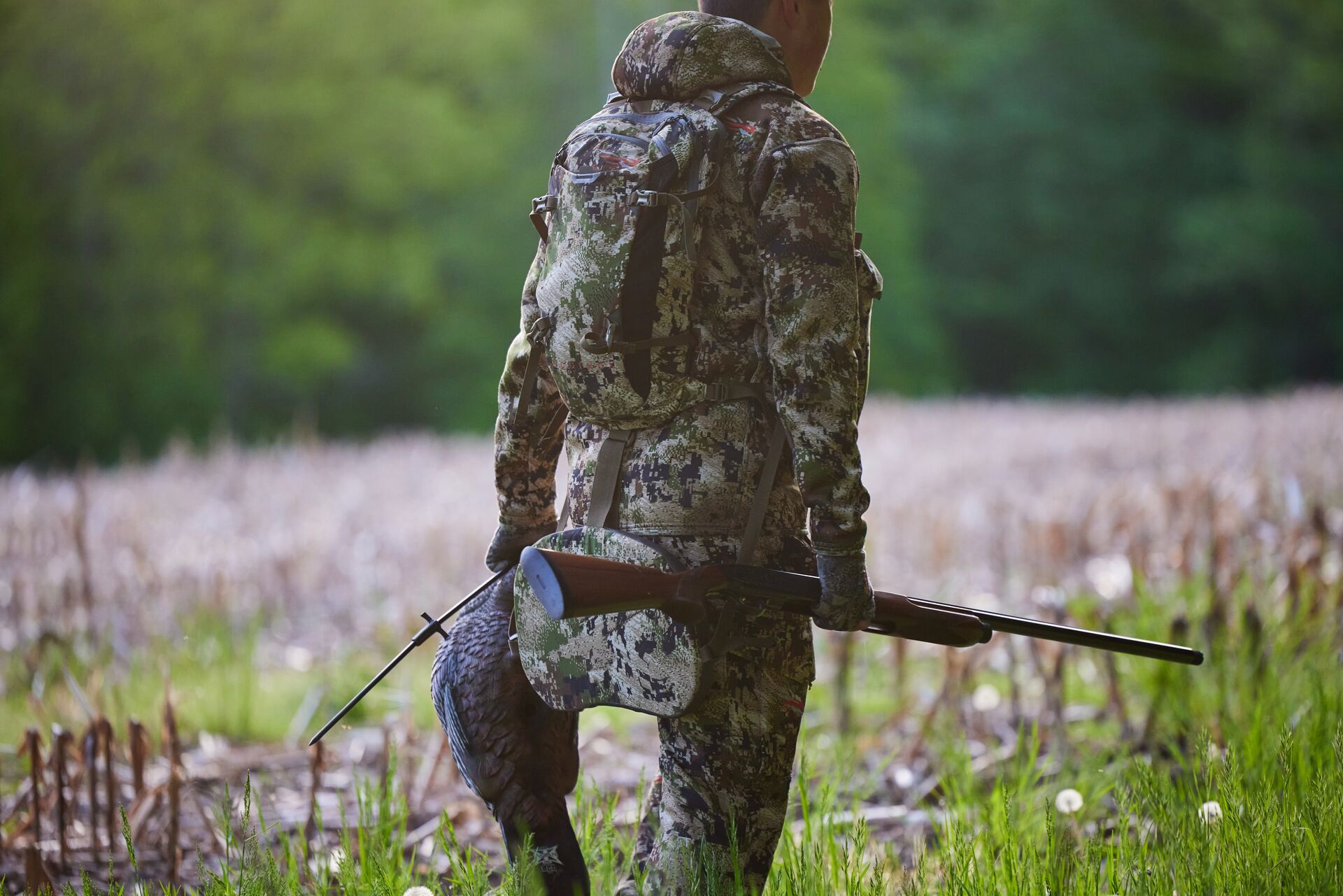
What is Decoy Hunting?
Hunting with decoys involves using lifelike models to attract animals into shooting range.
Decoys are designed to bring animals closer by manipulating their behavior in some way — like sparking their curiosity, pretending to be a rival encroaching on their territory, or enticing them to engage in mating behavior.
Using decoys can be the best way to improve your success when multiple species, such as deer, turkey, predators, and waterfowl. So, let's take a look at a few species and how to use decoys during your hunt.
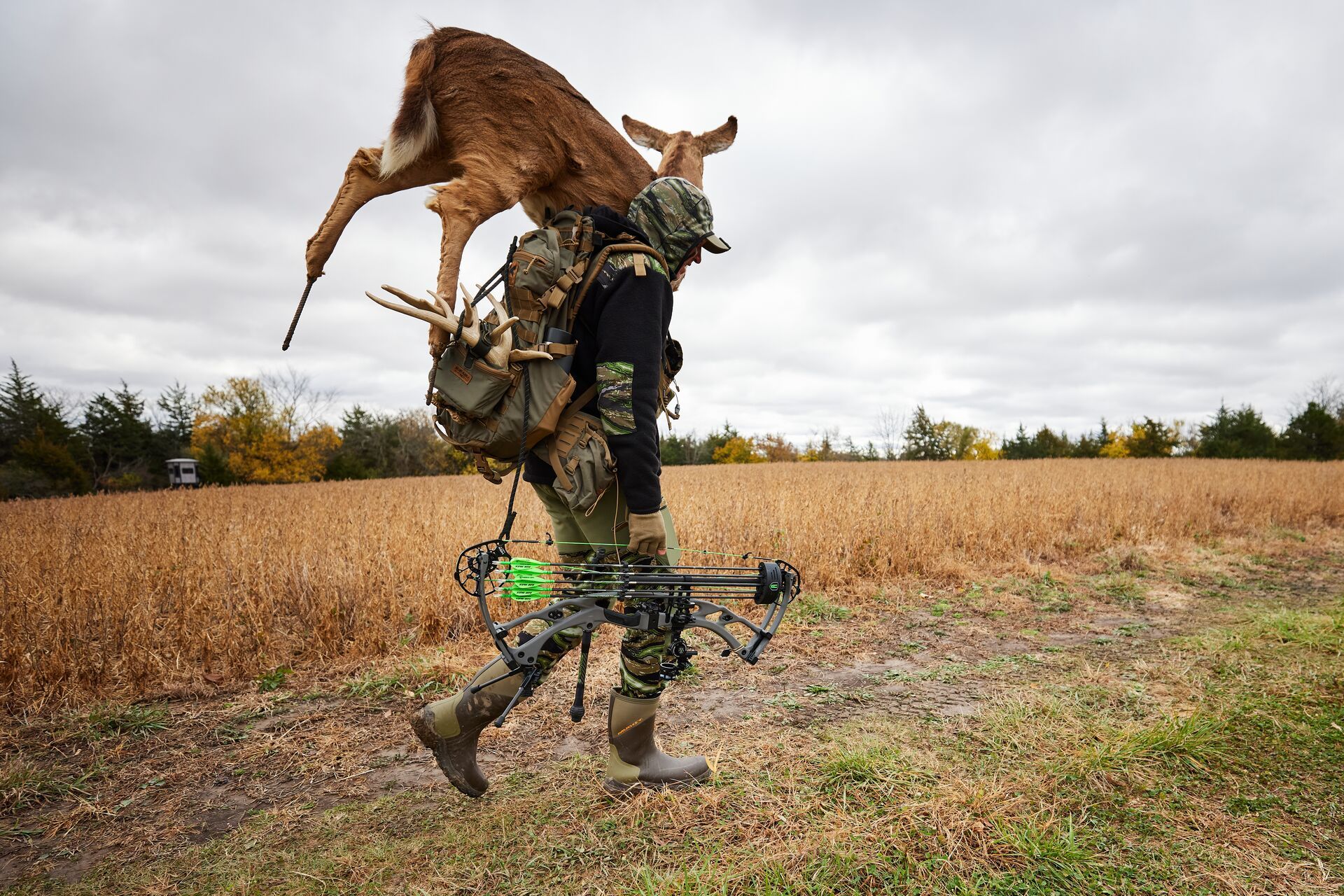
Using Decoys for Deer Hunting
Hunting deer using decoys can be extremely effective, especially during the pre-rut and rut phases of the season, by simulating a rival buck or a doe in estrus. Decoys can also be used as a confidence aid in large open fields or areas with limited natural deer movement.
But . . . deer don't navigate their world with just their eyes. When hunting deer with a decoy, bleating with a can call as a doe, or a grunt tube for bucks can bring attention and realism to your decoys.
Using the correct scent to make the decoy more realistic can make all the difference in your setup as well. Sprinkling doe in estrus urine on the ground for doe decoys or buck scent or tarsal glands for buck decoys can add another level of naturalism. However, the different sexes have varying intentions and will typically approach decoys accordingly.
Position the decoy to face your shooting angle — bucks tend to approach from the front, while does often approach from the rear. Almost all deer will attempt to circle downwind before approaching to identify the fake.
Hunting With Turkey Decoys
Turkeys are highly social and territorial birds, and turkey decoys can be used to mimic their natural flock dynamics or to challenge dominant gobblers.
Use jake and tom decoys to trigger aggression in dominant males and are a great option for the first part of the spring season when male birds are still establishing their pecking order of hierarchy. A lone hen decoy can be a dynamite layout for attracting a gobbler in the late morning or early afternoon once the breeding phase of the spring season begins.
Flock setups combine hens and jakes to simulate their natural social group interactions. Place the decoys where turkeys can easily see them from a distance, such as the edge of open fields or in the middle of old logging roads. Toms will usually approach a decoy head-on, so place the decoy facing the direction you expect them to come from.
It is also essential to match the decoy's posture to the season, such as a submissive hen during the breeding season or challenging jake during the first half of the season. Use realistic calls to complement the decoys, like a slate, box, or diaphragm call.
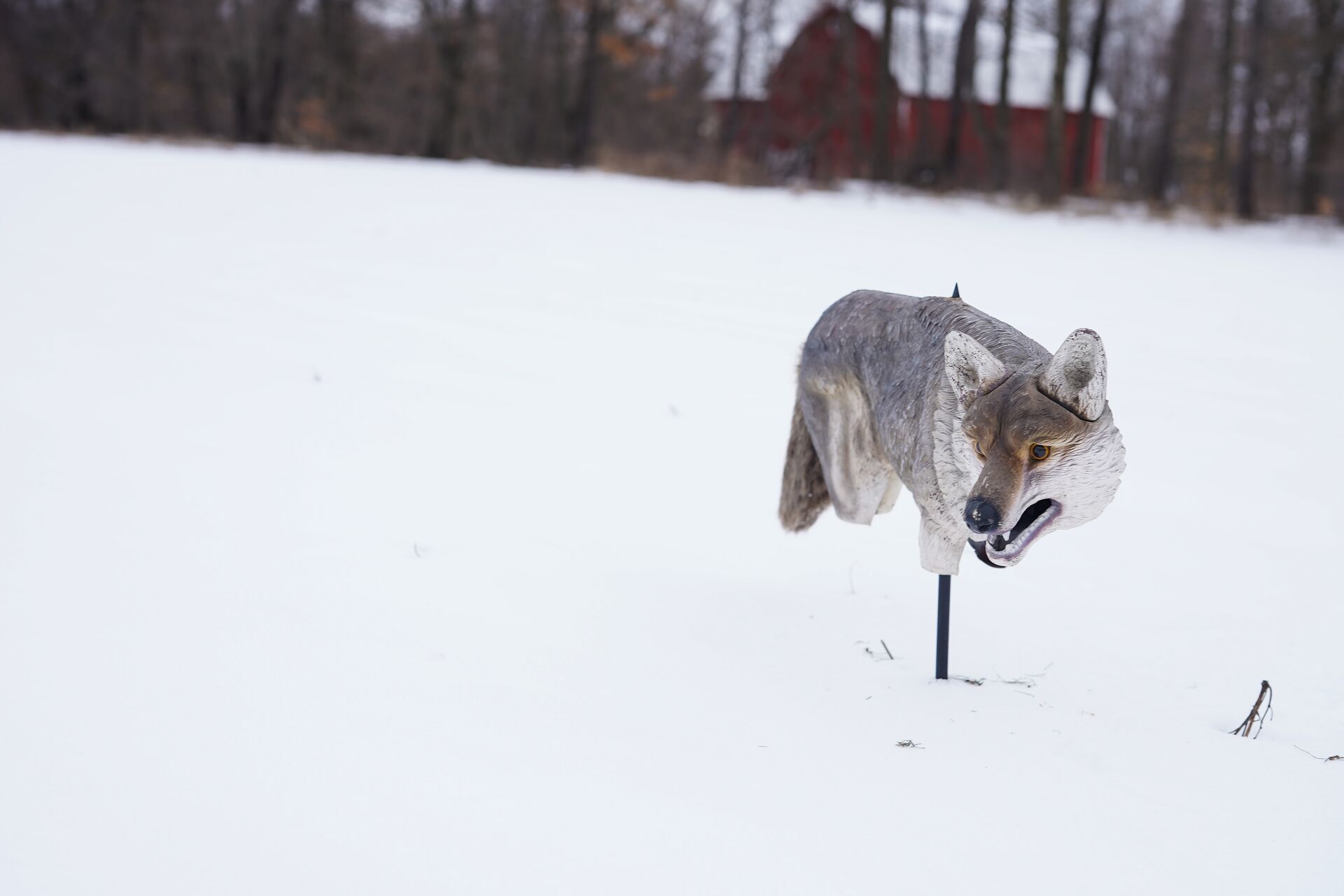
How to Use Decoys for Coyote Hunts
Coyotes are extremely wary creatures but are territorial and will respond to potential rivals or prey.
Coyote decoys can consist of either a fake coyote or an imitation of their prey animals, such as rabbits or deer fawns. Prey decoys can work well and can be paired with electronic calls that mimic the specific prey species in distress to get the coyote's attention from long distances.
Just like with other decoys, place them out in the open, where they can be seen from far away. Coyote imitation decoys work best during their mating season in the winter months and can be paired with a location howl or female invitation call.
How to Use Waterfowl Hunting Decoys
Decoy spreads can increase your chances in marshes, lakes, or flooded fields by imitating what appears to be a safe feeding or resting spot.
Unlike most hunting, when hunting waterfowl, you will want the wind to come to your back when possible. Birds use the wind as a brake when landing and will land into the wind, giving you a frontal shot.
Decoy setups for waterfowl typically involve a J or U-shaped pattern that helps guide the birds into a small opening where you want them to land. When I throw out my duck decoy spread, I always like to throw out a few goose decoys around the outside to increase the visibility of my setup and to increase my chances of getting a few bonus species.
On calm days without wind, it can help to use motion decoys like spinning wings, jerk rigs, or flags to add some movement and realism to the spread.
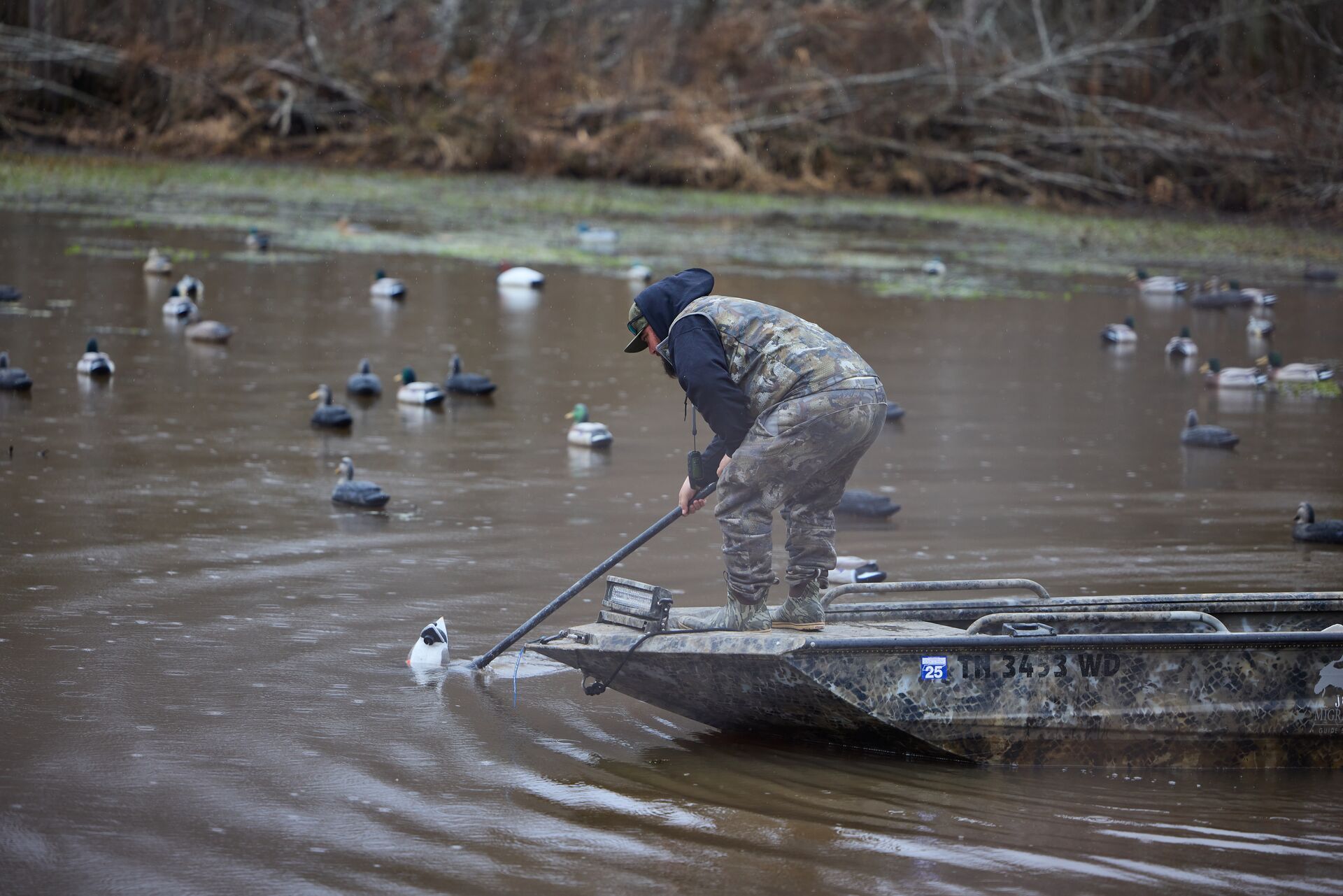
Tips for Effective Decoy Use
No matter what species you are trying to hunt, there are some universal things to consider when using decoys.
All of the animals we have discussed have keen eyesight, and using the highest-quality and most realistic decoys you can afford will help lead to the best results. Always place decoys where your quarry can easily see them, but don't forget to spend some time brushing in your hide.
Decoys are meant to take the attention off you, and they always work best when animals cannot see you when they approach. Using the sun at your back or hiding in shadows can work to your advantage.
Don't be afraid to experiment and adjust the number and placement of decoys to find what works best for the species you are after and the specific conditions you are hunting in.
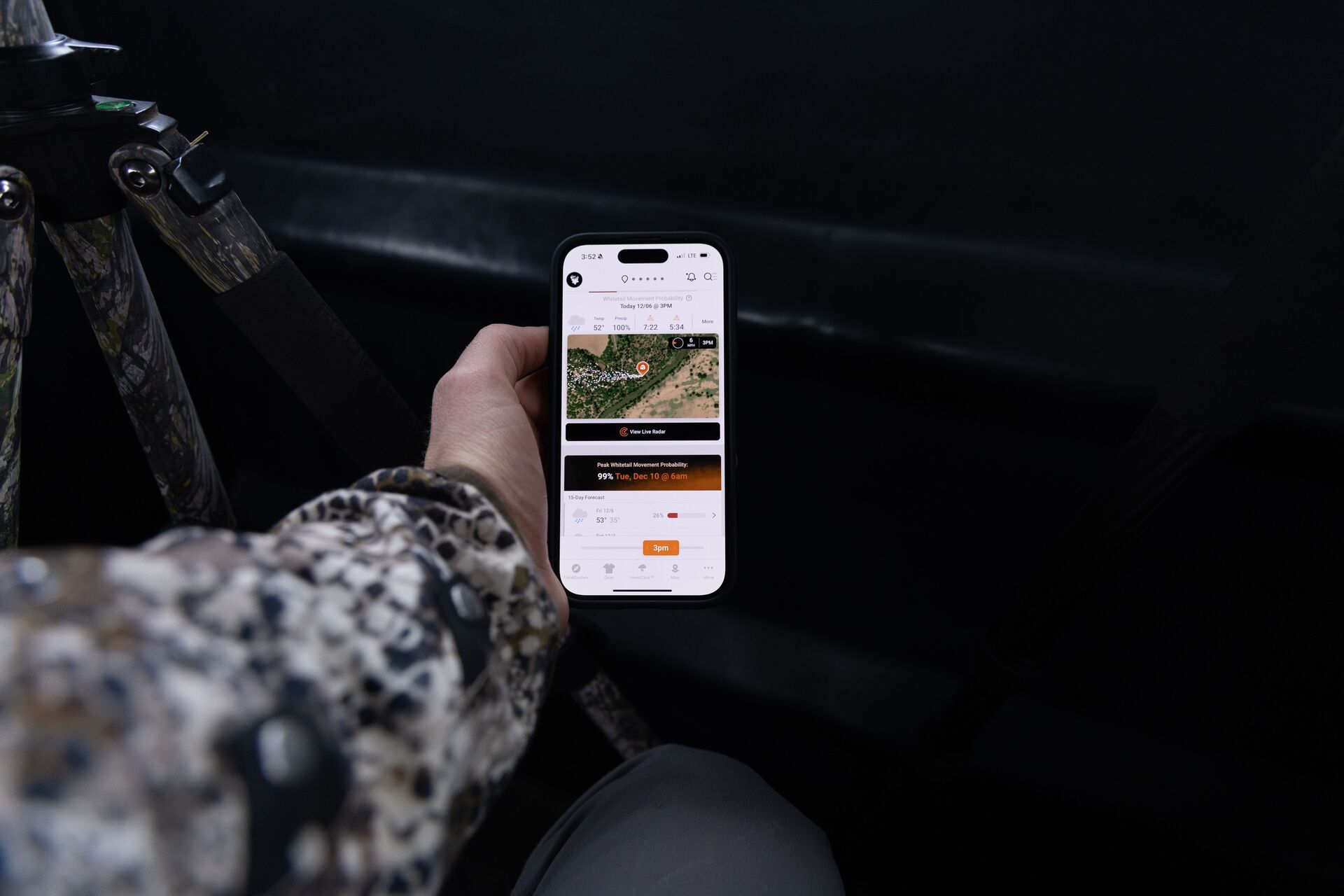
Use HuntWise to Find Game and Place Decoys for Successful Hunts
How can you find the best spots to place decoys (and remember where you put them)? Use HuntWise.
Download HuntWise to find land to hunt and find the best spots to place decoys. HuntCast shows you the best time for animal movement and to be in the field. You can also mark where you place decoys using the map feature and never lose another decoy.
Don't have the app yet? Download it (for free) and explore it — free — for a week to plan your next successful hunt!

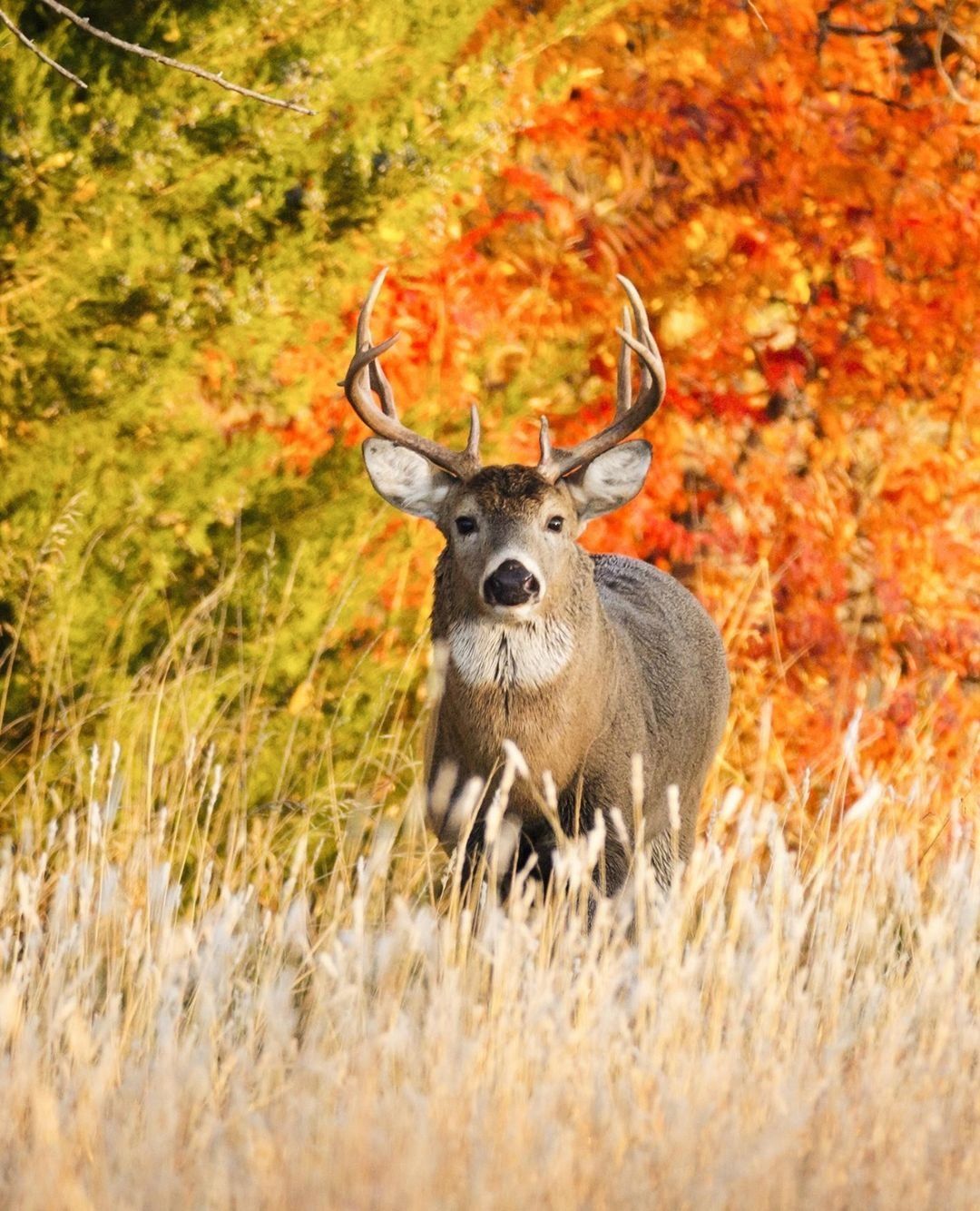 Hunting Tips
Hunting Tips Hunting Tips
Hunting Tips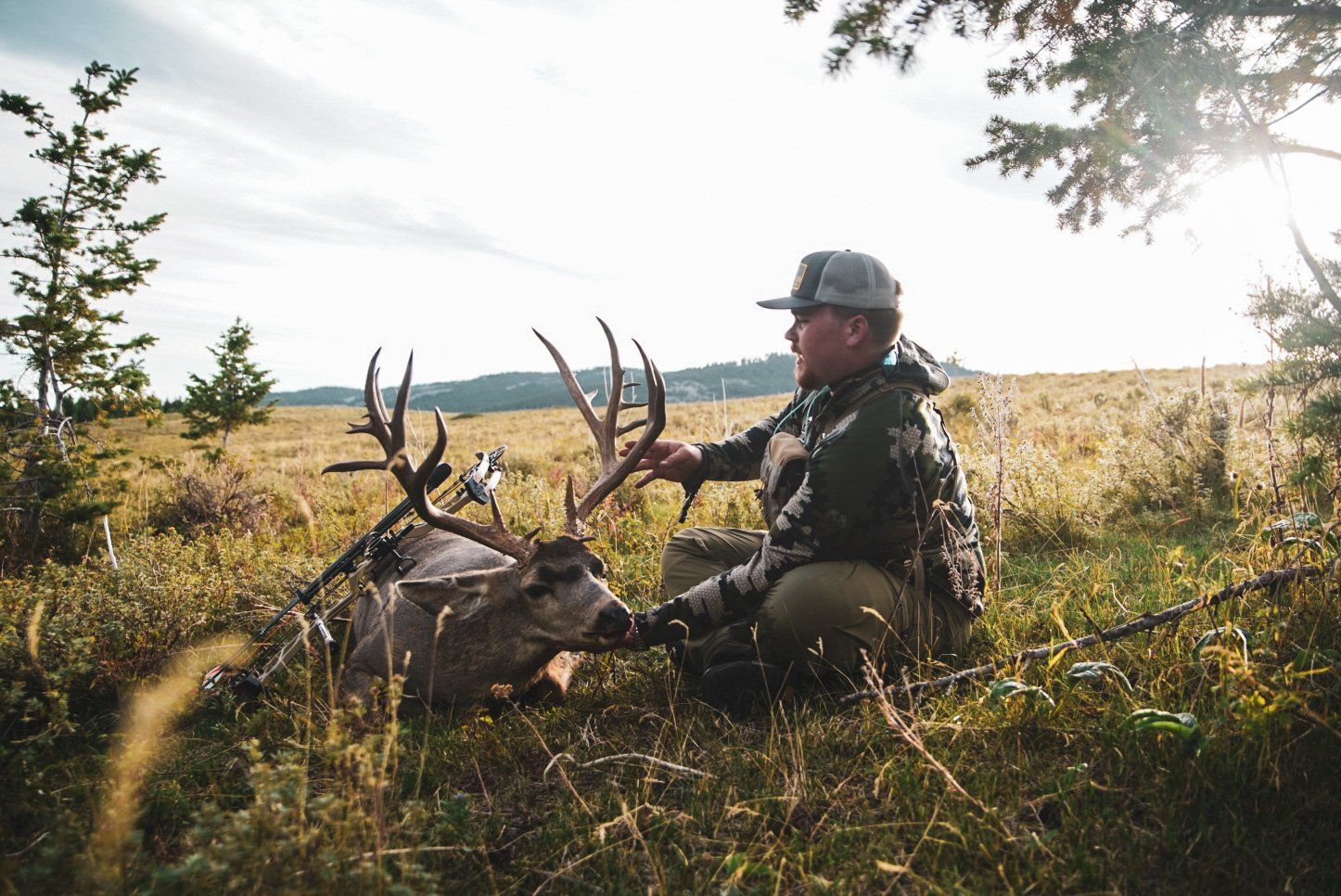 Hunting Tips
Hunting Tips